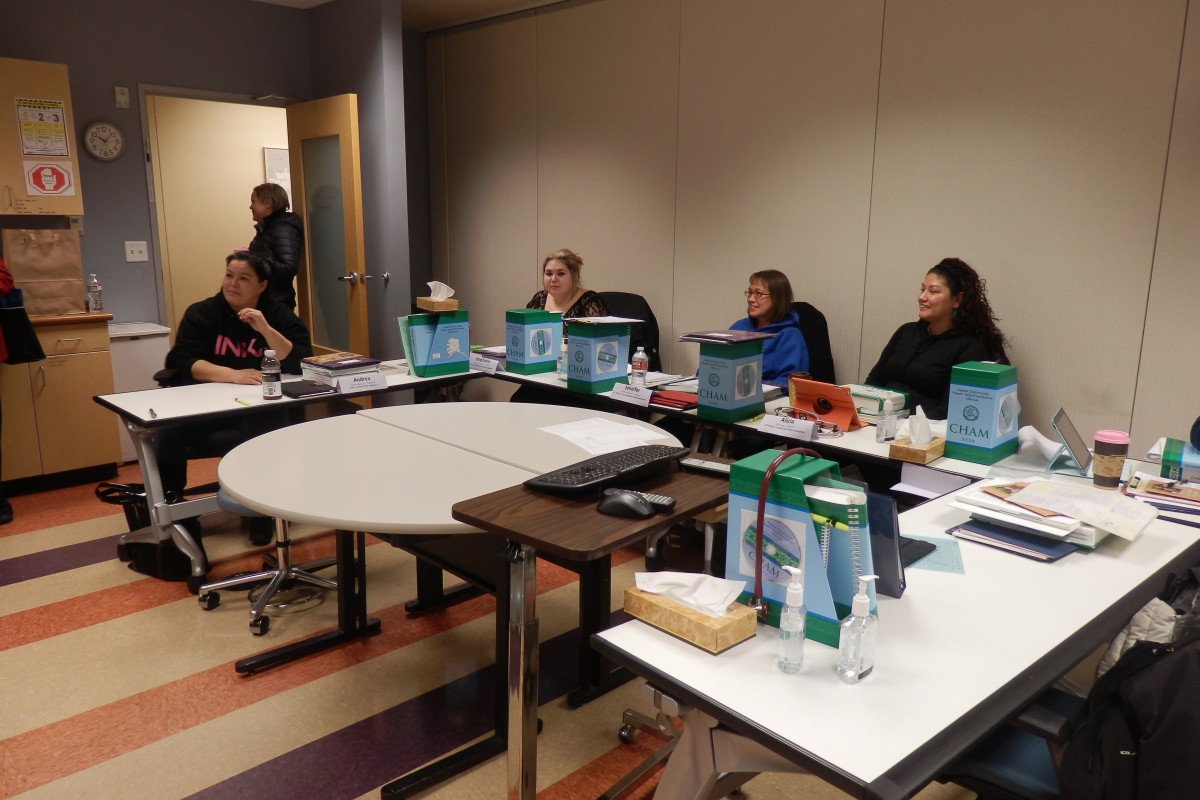
Who works with CHWs?
Given the variety of tasks a CHW can perform, the structure of the team and the role of the CHW in it can also vary. In Minnesota, some CHWs are utilized as an extension of primary care. These care guides work within a primary care centre, working closely with social workers, registered nurses, and physicians, while coordinating care for patients within the community. Depending on the country, health service or program, CHWs can be part of teams that include District Health Officers (DHOs), clerks, cleaning staff and medical dispensers, as well as other clinical staff including nurses and physicians.
CHWs can be supervised by clinical staff, most commonly registered nurses. However, they can also be supervised by non-clinical staff, or a combination of the two. In Alaska, the community health aide works primarily solo but their direct line supervisor is located through the tribal council. This is usually a higher ranking clinical staff member. Community health aides are also supervised remotely by a referral physician via regular telephone contact and two in person site visits per year. In Malawi, Mentor Mothers are supervised by site coordinators, who are then supervised by DHOs. In the Sioux Lookout Area of Northwestern Ontario, community health representatives are supervised by Health Directors and have an office at the Band Council, rather than in the nursing station or primary health clinic. The success of CHW programs is tied directly to regular and reliable support and supervision.
